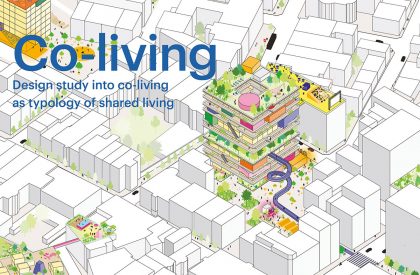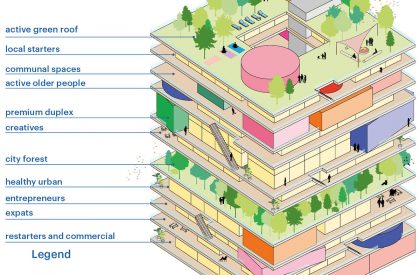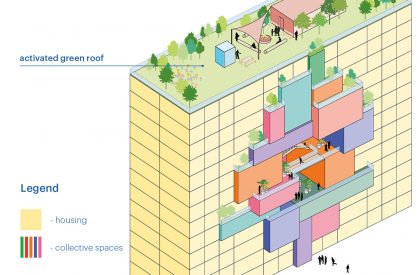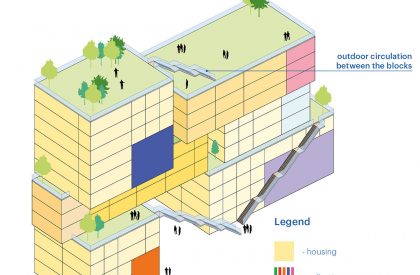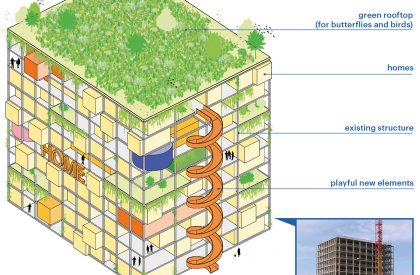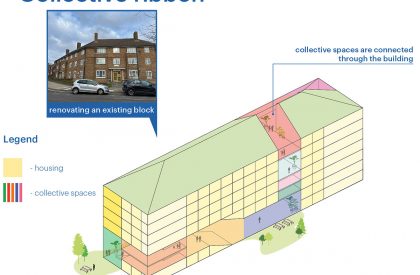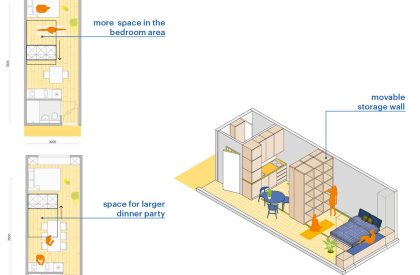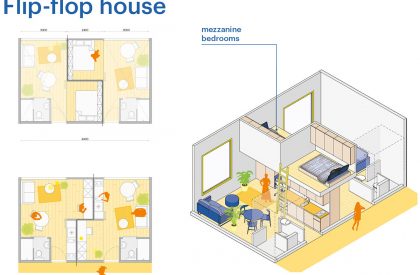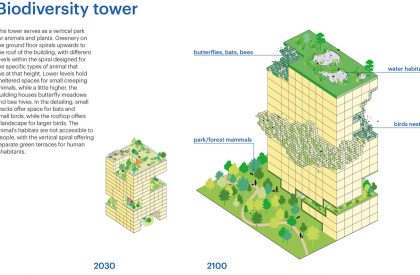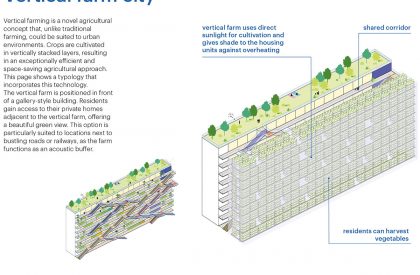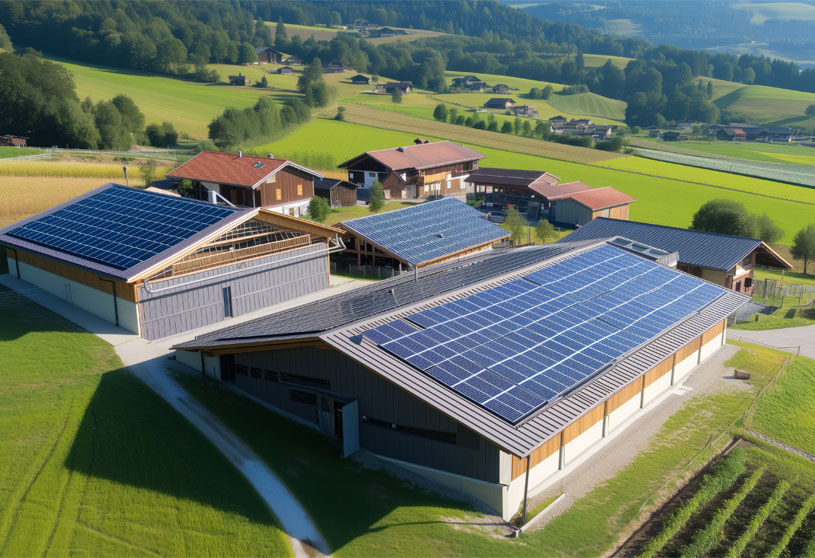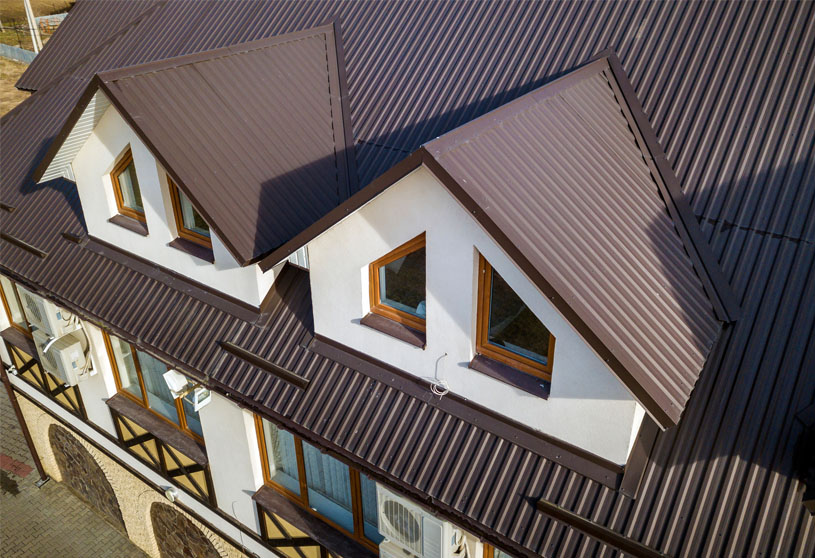MVRDV has released a co-living design study in response to the housing crisis, focusing on innovative solutions for co-living. The study, in collaboration with HUB and Bridges Fund Management, proposes solutions incorporating societal attitudes towards sharing, community, flexibility, mobility, and remote work. It addresses climate change, affordability, and poor management, expanding options for designers and builders of co-living projects for diverse demographics and communities.

The study emphasises the need for innovative solutions in response to the housing crisis exacerbated by social issues and climate change. The UK faces a housing shortage due to social crises and climate change, but current solutions have not addressed the issue of affordable homes, community needs, or loneliness. To address these issues, stakeholders should be provided with a catalogue of ideas that address demographic changes, societal attitudes, and modern work, play, and travel.
The Co-living Design study, commissioned by HUB and Bridges and created by MVRDV, highlights the long history of shared living and introduces new ideas for its implementation. The study emphasizes communal spaces, providing access to equipment beyond individual homes and fostering relationships between residents and visitors. Strategies include guest rooms, event spaces, gardens, and co-working rooms to cater to different community sizes.
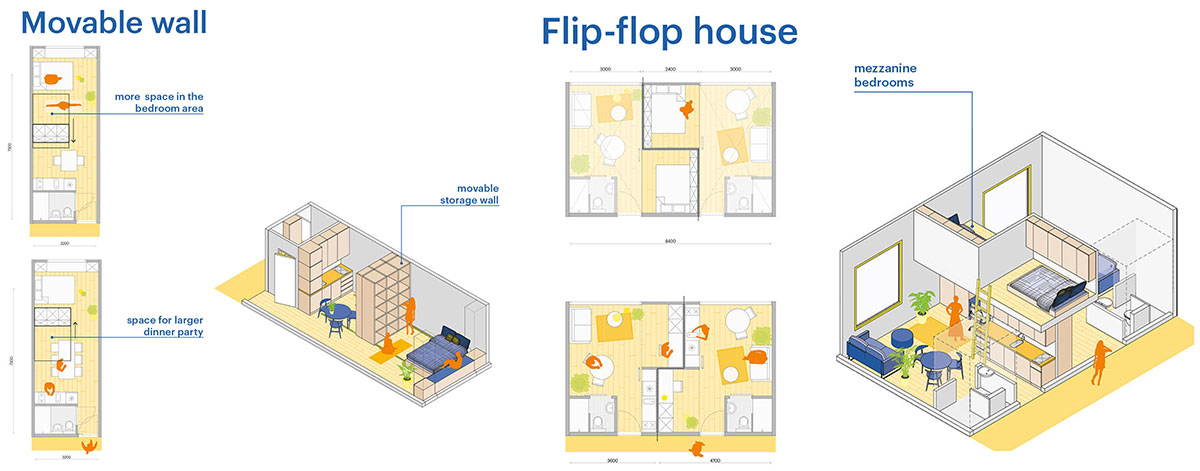

“This study highlights the huge number of benefits co-living can deliver when designed in the right way – and helps us to define what exactly ‘the right way’ is. While it’s seen as an emerging typology in some markets, communal living has existed in different forms throughout history. What we’re looking at now is its role in the modern context of cities, and defining best practice in terms of design and delivery. The potential for positive impact can go beyond residents into wider communities, which is something we are striving to deliver with our developments in the UK. This is what we see as the next generation of co-living: a lower impact, sustainable and community-centred lifestyle in high quality, well-located homes.”
-Damien Sharkey, Managing Director of HUB
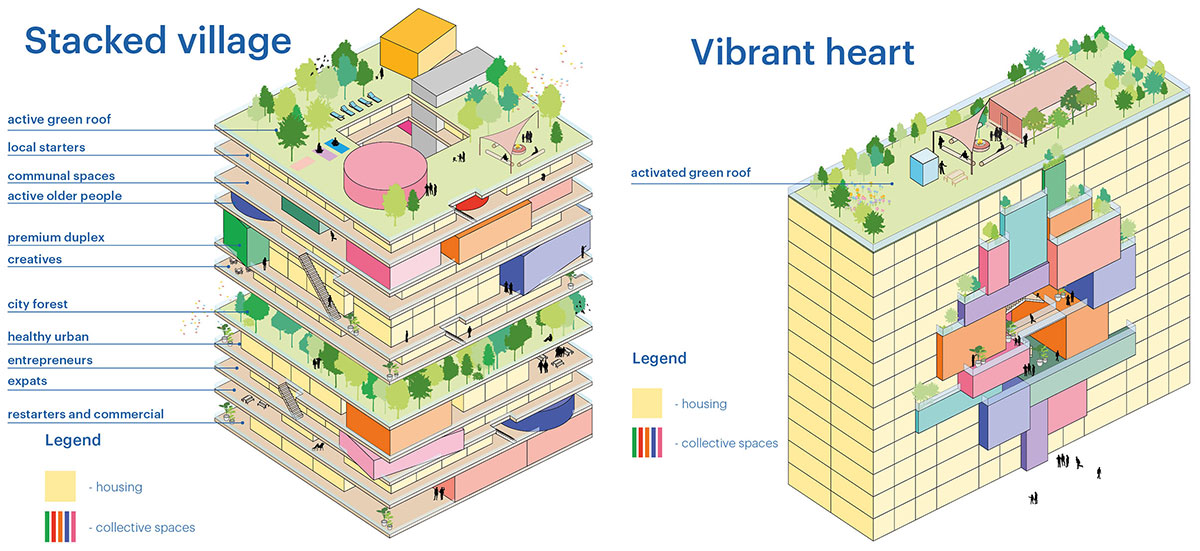
Exploring the concept of “social spaciousness,” the study encourages interaction between residents and their neighbors. It presents fifteen typologies of homes and communal spaces, each with a unique character. These typologies, such as a “Stacked village” and a “Vibrant Heart”, allow for easy and affordable construction. The corridors within these typologies become the “streets” of the building, transforming previously empty spaces like sports, libraries, and shop windows into social spaces. This approach aims to adapt existing buildings and create sustainable, resilient structures.

The study explores the feasibility of transforming existing buildings, such as vacant office buildings and stranded assets, while preserving their original character. This approach is crucial in addressing the housing and climate crises, as it releases less carbon than demolishing and replacing an existing structure. Flat rooftops offer additional capacity for creating rooftop villages, while leftover or oddly shaped plots can be transformed into indoor or outdoor spaces, offering a choice between communal open areas or multiple enclosed rooms.
“In addressing the needs of the housing sector, we looked closely at how society is changing – topics such as the increase in single households and loneliness, and a lack of community. The ideas we present in this book put co-living schemes on the agenda as vibrant points for their neighbourhoods and cities by inviting the public in, not shutting it out. Cities from London to Lagos are impacted by the housing and climate crises, and with our approach, we offer proposals that are applicable globally, and which can create gracious residences possessing similar qualities to our ideal homes, and move away from the concept that this is a solution only for expats.”
-MVRDV founding partner Winy Maas.


The book concludes by extending the boundaries of the study, envisaging a future in which cities are threatened by the effects of climate change, whether rendered inhospitable in hot summers or subject to flooding or biodiversity loss. These future risks are turned into opportunities, while delivering extraordinary buildings. From vertical farm cities to autarkic towers which are wholly self-sufficient and independent, and from biodiversity towers to vertical 15-minute cities which flips the existing horizontal concept, the challenges tomorrow’s cities face instead become a platform for progress.
Facts
Book title: Co-living Design study into co-living as a typology of shared living
Year: 2024
Book by: MVRDV, HUB, and Bridges Fund Management
Credits
MVRDV: Winy Maas, Sanne van Manen, Gideon Maasland, Karolina Duda, Yue Shi, Agata
Holdenmajer, Rory Stott, David Phillips, Yelyzaveta Pihalieva, Jessica Cullen
HUB: Kate Brown, Tom Stoneham, Damien Sharkey
Bridges Fund Management: Celia Harrison
Text: Sanne van Manen, Kate Brown, David Phillips
Text editing: Michael Evamy, Jessica Cullen
Printed by: Pureprint Group

